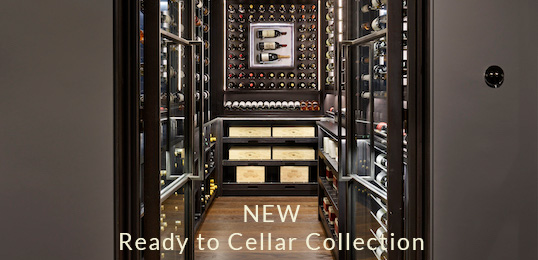Smell is deeply connected with taste; some say that 75% or more of the taste we perceive comes from our sense of smell. Therefore, taking the time to appreciate the scent of your wine will enhance the taste, and with experience, the scents from your wine glass can reveal an extraordinary amount.
For this reason, it’s important to ensure that you’re not surrounded by extraneous strong smells; although wine and cheese are a popular combination, it’s best to keep the smellier stuff under wraps in order to appreciate the vintage in your glass.
Flawed wines will often reveal themselves quite obviously at this stage; a damp, musty, cardboard-like smell tells you that the wine is corked, if it’s oxidised it may smell baked or just generally “off”, and a rotten egg smell says it’s spoiled. These are all indications of a wine you may wish to simply walk away from.
Assuming that your wine is not flawed, there are three overall groups of scent that you should register; the fruit notes, the earthiness, and wood tones.
Whilst the fruit scents are intrinsic to the grape variety used, the earth and wood tones are more connected to the viticulture involved; earthiness is often connected with European wines, where it may give depth to a Burgundy or a chalky undertone to a Chablis, and may be completely absent in New World vintages.
Wood notes, meanwhile, are often connected to the method of ageing the wine; scents of toast and smoke may be brought into the wine while it rests in oak barrels. This is, again, something that varies with different varieties and vintages; a good Californian Chardonnay or a white Burgundy may be very woody, whilst other regions produce little in the way of wood notes.
Taste & Feel







